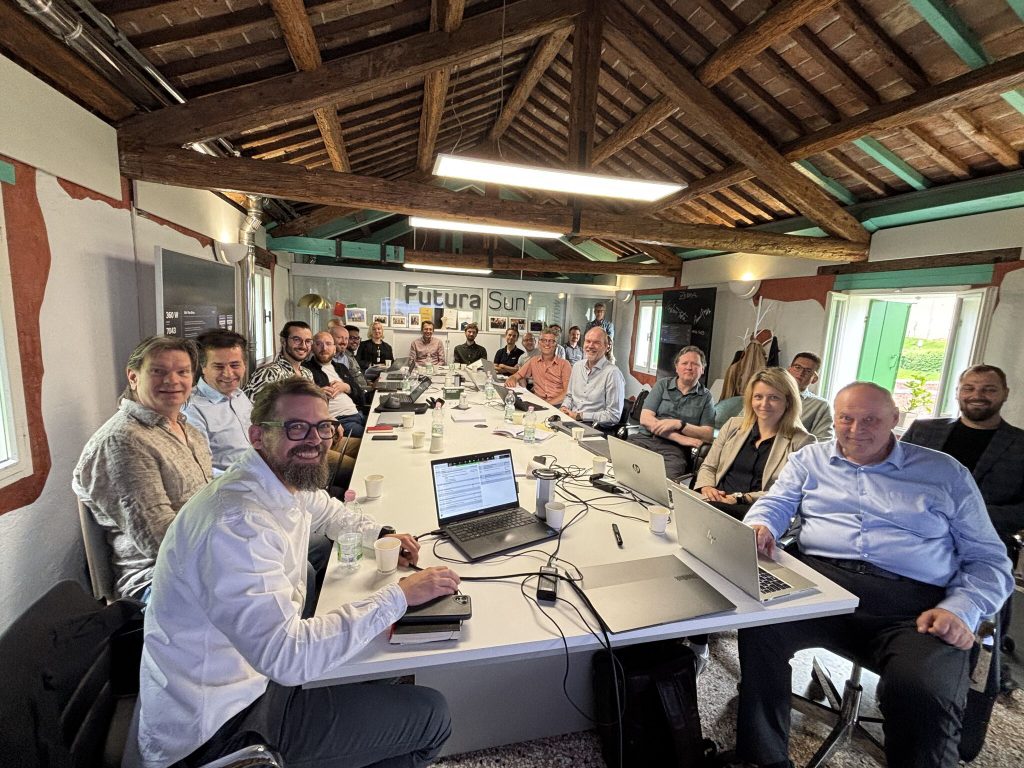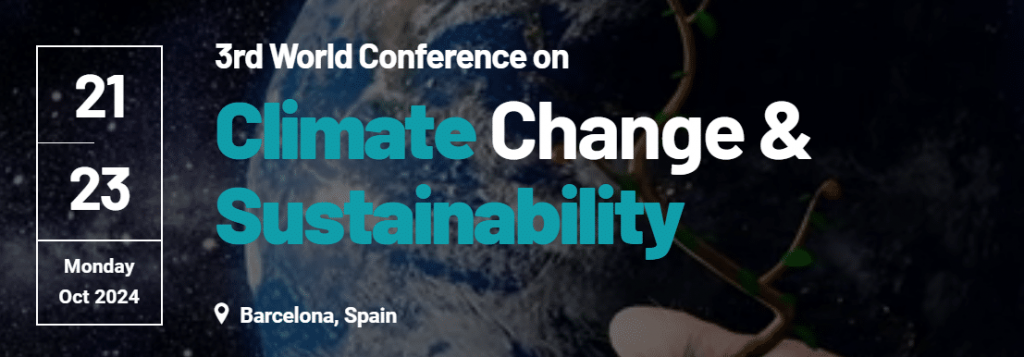Photovoltaic Technology Cluster’s Open Access R&D Infrastructure (PVPLIUS)
ERDF Project No: VP2-1.4-ŪM-02-K-01-001
The Photovoltaic Technology Cluster was founded in 2008 aiming to increase the international competitiveness of Lithuanian photovoltaic industry and the added value of photovoltaic technologies. The cluster creates favorable conditions for synergy of companies operating in PV sector and for close cooperation with the scientific community. For the successful operation of cluster is necessary the open access R&D infrastructure that creates a favorable environment for close interaction between business and science. Current scientific infrastructure owned by individual institutes and universities are geographically and thematically scattered, so most scientists do not communicate with each other, and also do not integrate intellectual and infrastructural resources for solving of common problems. The cluster’s infrastructure developed under this project will enable high-quality R&D activities geared exclusively to the PV field, and will bring together research and business community to find solutions to common problems and increase the competitiveness of PV industry in Lithuania.







